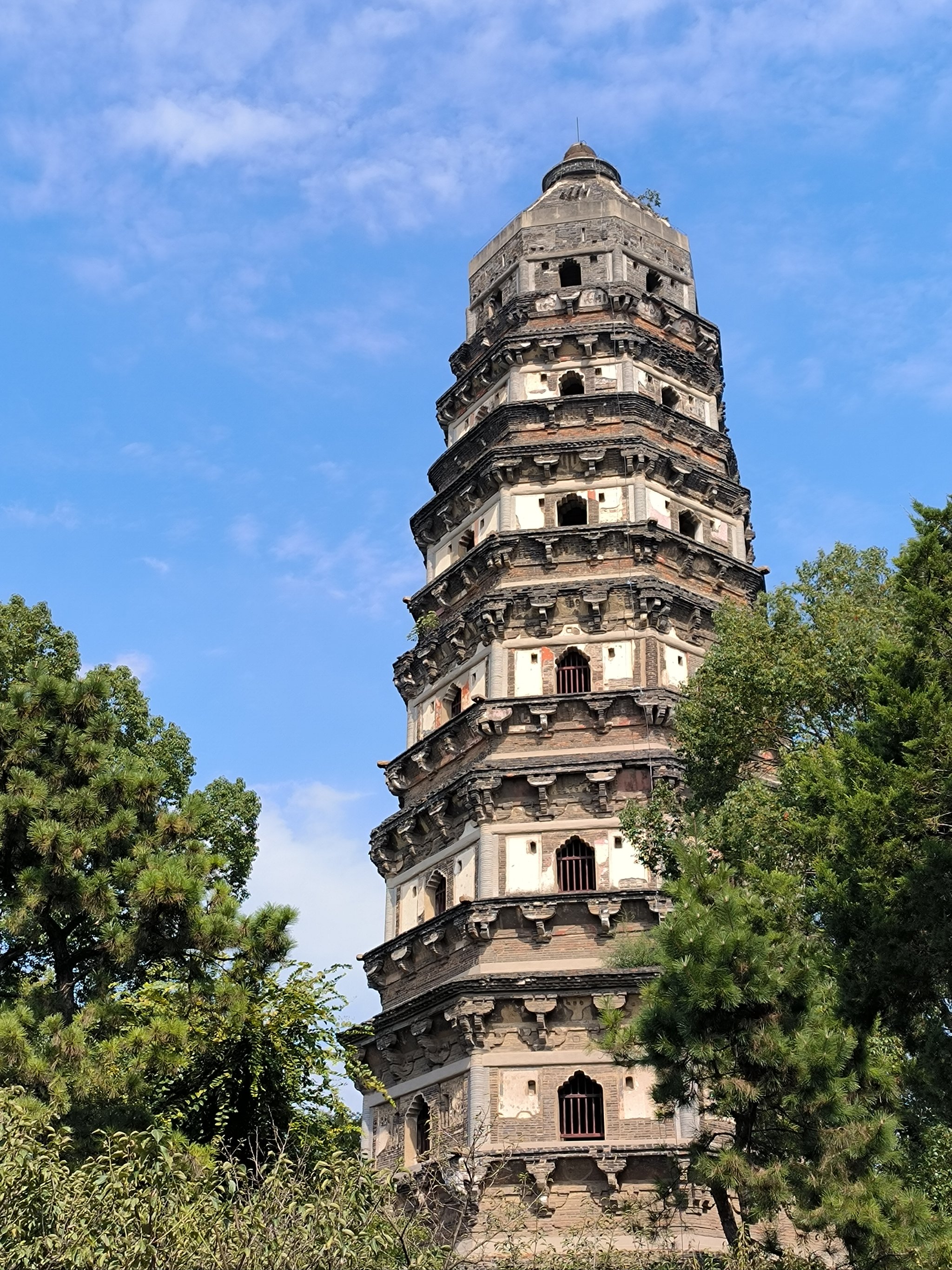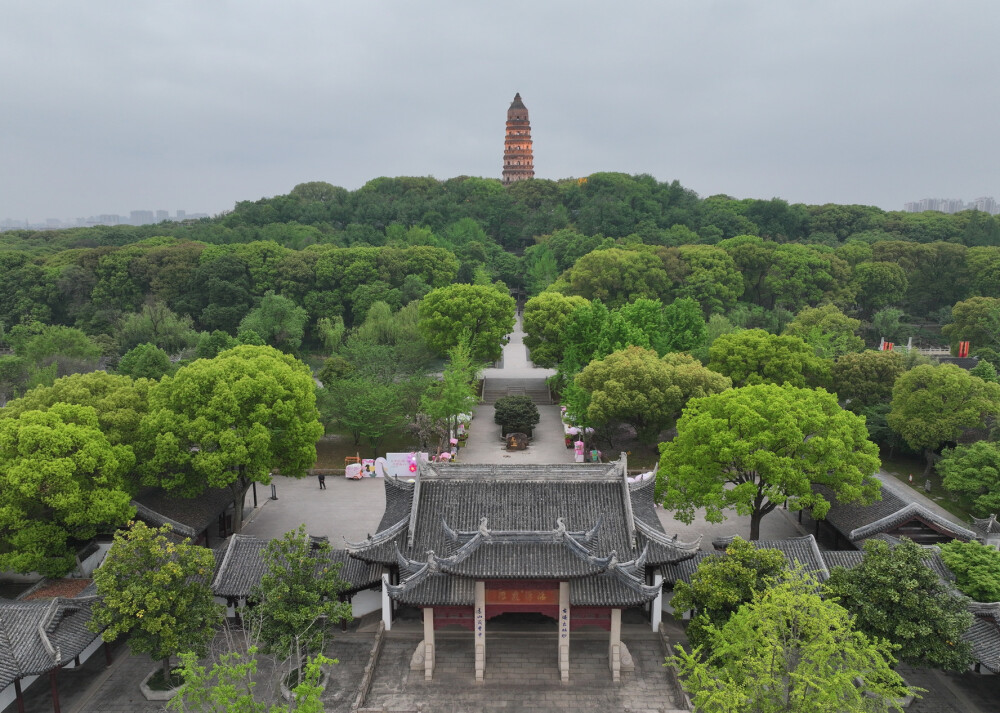Tiger Hill Pagoda | Suzhou is Leaning Landmark
Tiger Hill Pagoda, also known as Yunyan Temple Pagoda, stands as a defining landmark in Suzhou, China. Perched atop the scenic Tiger Hill, this ancient structure offers visitors a unique glimpse into a past that spans over two and a half millennia. Its rich history, architectural brilliance, and enduring legends have made it one of China’s most compelling cultural attractions.

Historical Background
Tiger Hill Pagoda is located in the northwest of ancient Suzhou and rises to a height of 48 meters. The pagoda dates back to the Northern Song Dynasty (959–961 Common Era) and was constructed in the style reminiscent of early Tang Dynasty timber pagodas. Its history is intertwined with the legend of King Helü of the Wu State, who was buried on Tiger Hill in the fifth century Before Common Era. According to folklore, a white tiger appeared three days after his burial, guarding the tomb and giving the hill its name. Known locally as Huqiu, Tiger Hill has long been a place of historical reverence, attracting scholars, poets, and travelers across generations.
Architectural Significance and Design
The Tiger Hill Pagoda is celebrated for its seven-story, octagonal structure built from stone and brick that mimics the elegance of traditional wooden architecture. The exterior is adorned with intricate eaves, ornamental carvings, and decorative motifs that reflect the sophisticated craftsmanship of its era. Over the centuries, natural subsidence has resulted in a noticeable lean of 3.59 degrees to the northwest—a characteristic that has earned the pagoda the nickname "China’s Leaning Tower." Despite its tilt, the structure has withstood the test of time and has been stabilized since the late Ming Dynasty. Its exceptional design and historical value contributed to its recognition as part of the Grand Canal UNESCO World Heritage Site in 2014.
Legends and Folklore
Tiger Hill Pagoda is enveloped in a rich tapestry of myths and legends. One famous tale suggests that beneath the pagoda lies the tomb of King Helü, guarded by an underground river and filled with hidden treasures. Another legend recounts how the pagoda once served as a guiding beacon for sailors navigating Suzhou’s waterways, its towering silhouette marking the approach to the ancient city. The cultural resonance of the site is further enhanced by its association with literary figures; for example, the renowned Song Dynasty poet Su Shi once remarked that a visit to Suzhou would be incomplete without experiencing the majesty of Tiger Hill.
Core Attractions and Unique Experiences
Visitors to Tiger Hill Pagoda can enjoy a diverse range of attractions and cultural experiences:
Panoramic Views and Temple Ruins: Climb the pagoda to take in sweeping views of Suzhou while exploring the ruins of Yunyan Temple.
Sword Pool and Thousand People Rock: Discover the mysterious Sword Pool, believed to conceal ancient royal swords, and view the Thousand People Rock, which stands as a silent testament to the past.
Classical Gardens: Stroll through the Verdant Mountain Villa, a Qing Dynasty garden that contrasts with Suzhou’s famed water gardens through its terraced slopes and abundant greenery.
Bonsai Garden: Admire over six hundred Suzhou-style penjing that display miniature landscapes crafted with centuries-old horticultural artistry.
Seasonal Festivals: Experience spring flower shows and autumn temple fairs that revive the traditions of the Ming and Qing Dynasties.
Tea Culture Immersion: Visit the Fragrance Tea House near Jinji Lake to enjoy traditional tea ceremonies inspired by Lu Yu, the celebrated Tea Sage who authored the first treatise on tea culture.
Night Illumination: Witness the ethereal beauty of the pagoda and its gardens as they are illuminated after dusk.

Visitor Information and Travel Tips
Tiger Hill Pagoda welcomes visitors year-round with extended opening hours from 7:30 in the morning to 5:30 in the afternoon. Admission fees vary by season, with a higher rate during peak months and a lower rate during the off-peak period. The site is conveniently accessible by both bus and metro. For example, visitors may choose bus routes such as Route 32, Tourist Line One, or Gusu Tourist Bus Line Three to reach the Tiger Hill North Gate, or take Metro Line Two to Shi Lu Station followed by a transfer to Tourist Line One.
For a comfortable stay, nearby accommodations such as the Cendre Hotel, located just over one kilometer away, offer affordable options. It is recommended to visit during early mornings or on weekdays to avoid crowds. Visitors are encouraged to observe local cultural etiquette by respecting garden regulations and refraining from climbing structures or touching artifacts.
Cultural Influence and Preservation
Tiger Hill Pagoda has long been an inspiration for artists, poets, and scholars, making it an enduring symbol of Suzhou’s cultural legacy. Its beauty and historical importance have been celebrated in countless literary works and artistic creations. Modern restoration efforts continue to monitor and preserve the pagoda’s structural integrity, ensuring that this iconic landmark remains a cherished part of Chinese heritage.
Tiger Hill Pagoda is more than an architectural marvel—it is a vibrant portal to Suzhou’s extensive historical narrative and cultural heritage. Its blend of historical significance, intricate design, and enchanting legends offers both domestic and international visitors an unforgettable journey into ancient China. By combining breathtaking views, rich folklore, and immersive cultural experiences, Tiger Hill Pagoda stands proudly as a cornerstone of Suzhou’s enduring legacy.
















